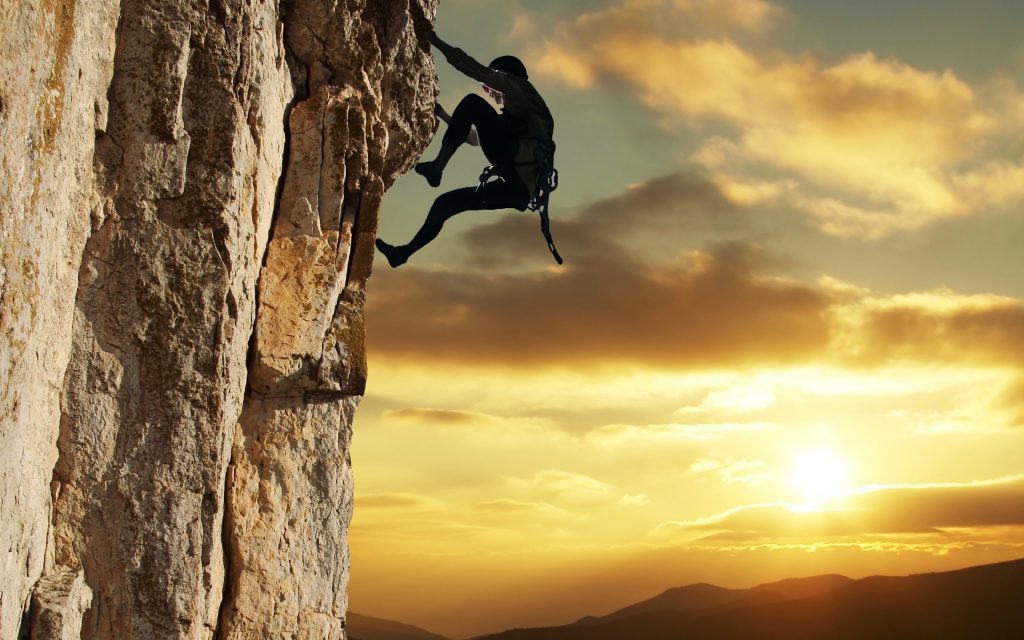
Rock climbing is being talked around everywhere as this amazing sport is no longer the fringe sport that it once used to be. Climbing is a hobby to some people while it is a passion for others.
There is something in climbing rocks that is always exciting however, the fear of falling also runs with it side by side.
But, not to worry as after reading this article you will know the basics of this amazing sport and the next time you intend to climb a rock you will not be overwhelmed.
Furthermore, the article also discusses techniques and precautions that a person should take while performing the art of climbing.
So, what exactly is meant by the term “Rock Climbing”?
Rock climbing is a very vast term as it contains great number of disciplines in it.
Before you enter this sport for fun or professionally ask yourself as to why are do you want to attempt rock climbing? This will help you in setting a goal for yourself and climbing might become easy for you.
Types of Rock Climbing
Rock Climbing, in general has three main types. These types are comprehensively explained below:
Sport Climbing
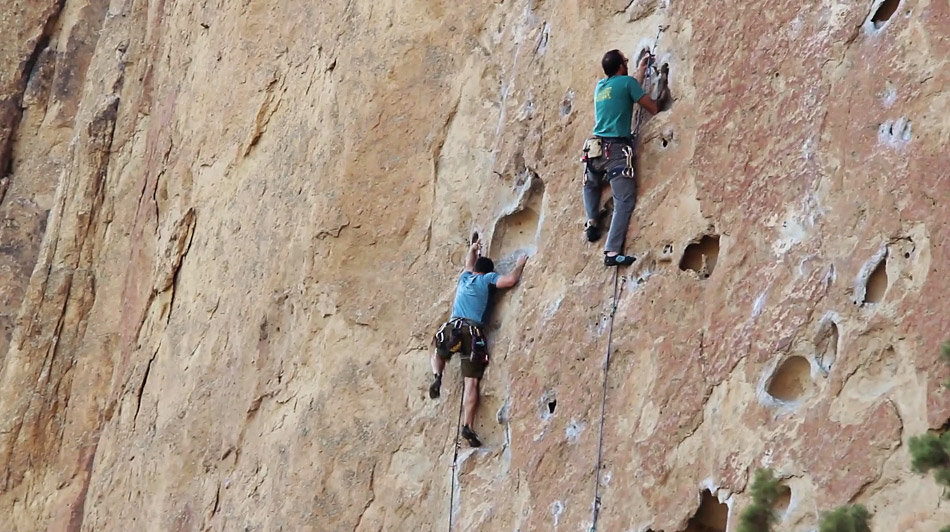
These are often one-pitch climbs. This means that the leader who is leading the other climbers comes back on the ground after he has fixed the rope on the anchor.
This style of climbing is only done by professional climbers as it requires discipline, difficult movement and lots of endurance. This is why it is not recommended for beginners or if you are just starting out in this sport.
Traditional Climbing
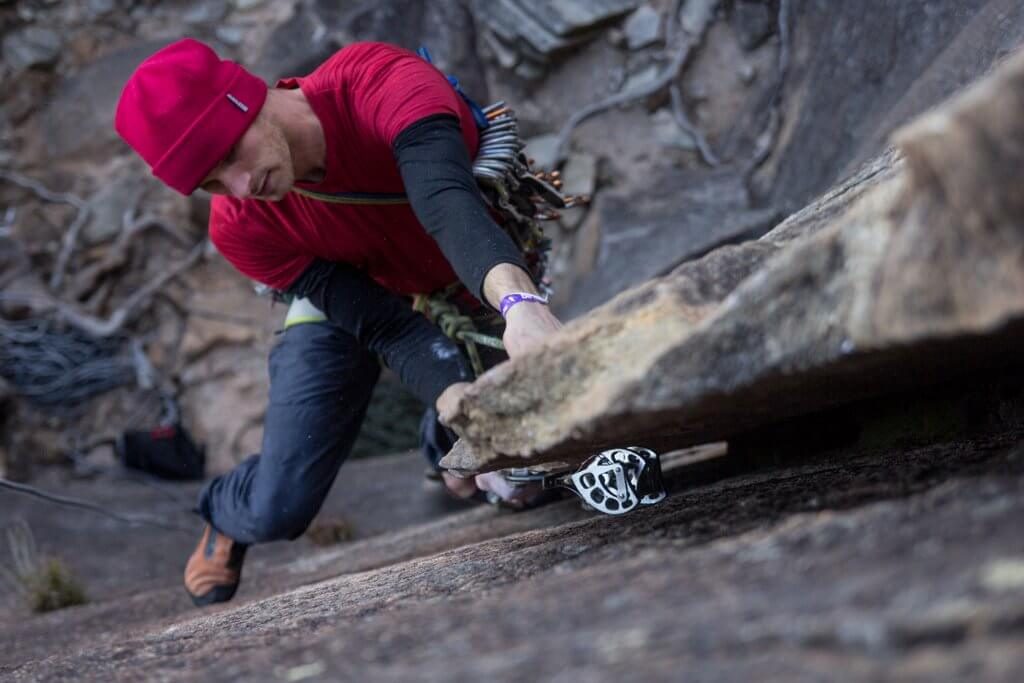
Traditional or Trad climbing is a historical form of climbing, in which the leader makes use of the cracks present in the rock and places his gear in these cracks. This allows him to hold the rope in case of a fall.
And, this type of climbing mainly puts its focus on logistics, movements, gear skills, technical rope and partnership.
Bouldering
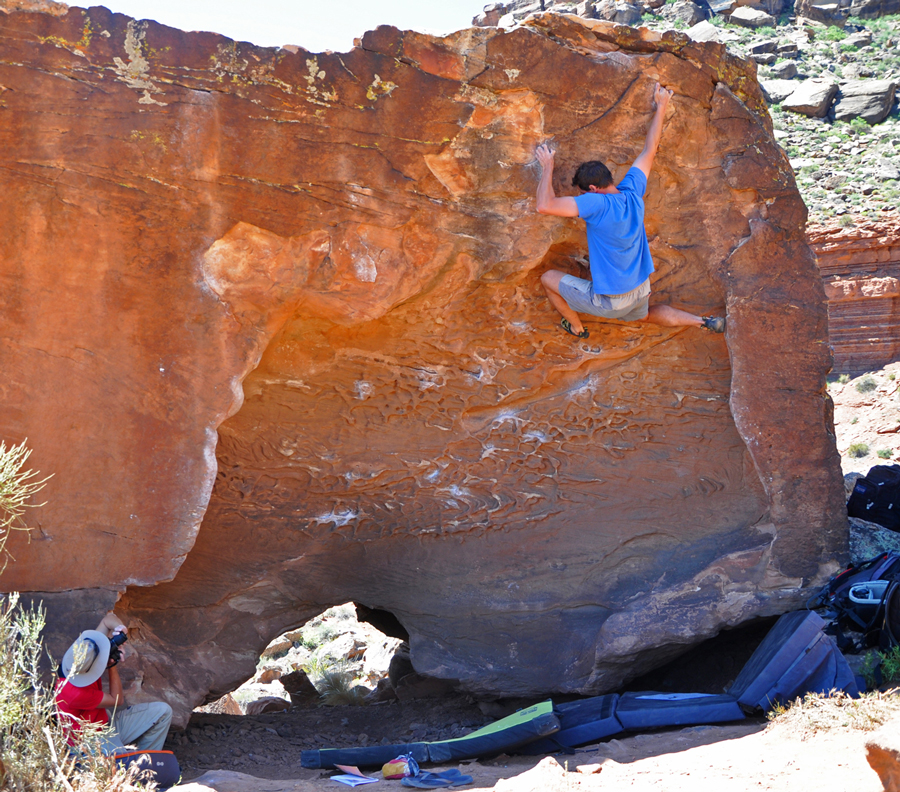
This can be termed as the most modern form of climbing. Boulders ascend short cliffs or boulders that are normally 20 feet and under by using pads and spotters for protection instead of using ropes.
It is also one of the fastest-growing type of sport climbing in this era and it mainly focuses on problem solving and difficult movement.
How Does One Start?
Climbing is a not a simple sport and getting into it might be quite expensive. However, we have compiled three main things that a newbie might need before climbing. These are:
1) Choosing a climb route
2) Professional Gear
3) Correct Technique
Choosing a Climb Route
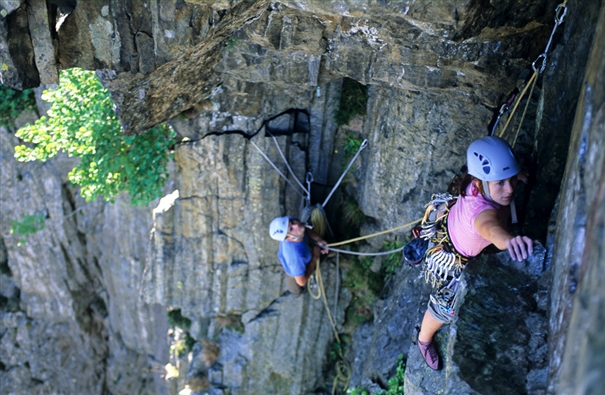
This is the first and the most crucial step for you and this comes even before you start a climb. Choosing a climb is easy in a gym as it has a difficulty rating labeled around it.
Professional System to Determine Difficulty Levels in Rock Climbing
In rock climbing you have to use a professional system to determine the difficulty level of a particular climb. The Yosemite Decimal System is quite popular in this aspect.
Difficulty Level for a Beginner
Nevertheless, the important point to note is that a beginner should not attempt anything below 5.3 as this is the standard of newbie climbing.
Professional Gear
The 2nd most important aspect of rock climbing is to have a professional gear with you at all times.
So, What Does a Climbing Gear Include?
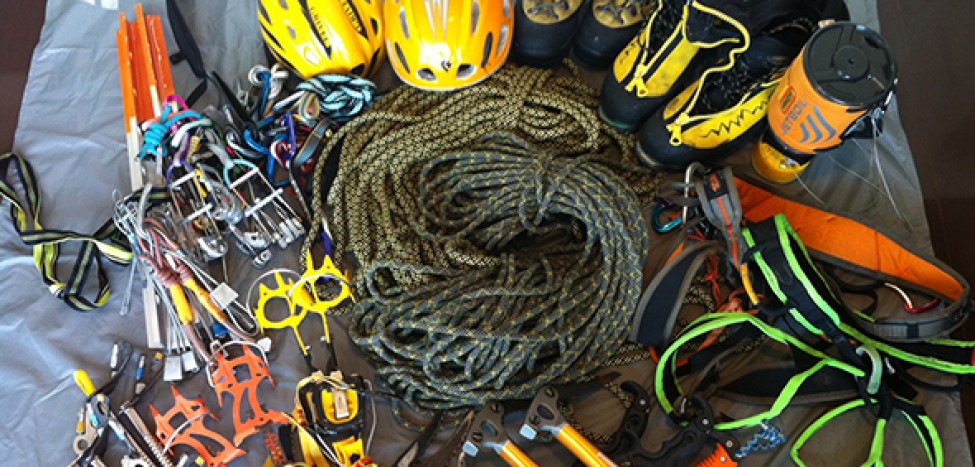
· Climbing Shoes
A pair of climbing shoes that are comfortable and professional at the same time. While, choosing a pair give special importance to the quality of rubber on these shoes as you cannot afford them to tear down while climbing.
· Chalk Bag
Chalk is needed for maintaining grip on the rock. Normally, the chalk bag is kept around the waist so that it is easily accessible.
· Bouldering Pad
Bouldering pads are kept in the fall zone if there is a boulder problem. This is done for safety purposes and more you use it the safer you are.
· Climbing Harness
These come in different shapes and sizes. Some are for sport climbing while others are for bouldering and traditional climbing.
· Belay Device and Locking Carabiner
These two devices are of great help as they enable you to belay your partner and rappel if needed.
· Helmet
Climbing a rock is a nasty experience. And, a helmet is a best friend for a climber. A climber cannot compromise on this aspect of this sport as a fall can be lethal many a times.
· Other equipment
You should also have buy a climbing-specific rope that is about 60-70 meters long combined with a daisy chain or a personal anchor (PAC). Furthermore, the gear you should stock on includes camsextra locking carabiners, cams, nuts,
Rock Climbing Techniques
As, every sport there are also specific techniques that one has to follow when climbing rocks.
· Use your feet:
Beginners overlook this aspect most of the time however, it is the most important one. The reason one should use their feet while climbing is because our lower bodies are comparatively stronger than our upper bodies. So, during climbing try to put your weight on your feet.
· Keep your weight on your skeleton:
When hanging from holds, try to keep your arms straight, rather than flexed and sucked in close to the wall. This way, your muscles have a chance to rest rather than being constantly engaged.
· Move like a Ninja:
Ninjas are popular for being light on their feet. The same approach should be used by climbers as being light on your feet saves energy and allows you climb with calmness and accuracy.
· Don’t shy away to catch a breath:
Rock climbing can be quite exhausting and if you are a newbie you might want to rest a couple of times in between long climbs. This will help your muscles to recover and give you the opportunity to be efficient throughout your climb.
· Strong Core: Secret of a Good Climber:
Having a strong core enable a climber to achieve proper balance and stability on the rock. Properly being able to engage one’s core is a important aspect in successful rock climbs.
· Always Remember to Breathe:
Keeping the supply of oxygen constant in your body is vital during rock climbing. As, you rest between rock climbing sessions, do not forget to perform breathing exercises. This will help you to refocus and will also help in calming your mind and body.
Precautions and Safety Advice
Yes, Rock climbing is exciting, however it is dangerous at the same time. So, these are some safety precautions that you should remember while attempting a rock climb.
· Properly check your rope to see if it is properly looped or not and also ensure that the belay loop of the harness is locked in place.
· A proper plan should be in place when climbing. As, confusions during rock climbing can lead to many accidents and some might even be lethal.
· Proper communication should be done between the climbers and short and clear commands should be used.
· Proper Equipment should be used and climbing without ropes is very dangerous so it should not be attempted.
For updates regularly visit: Allsportspk















